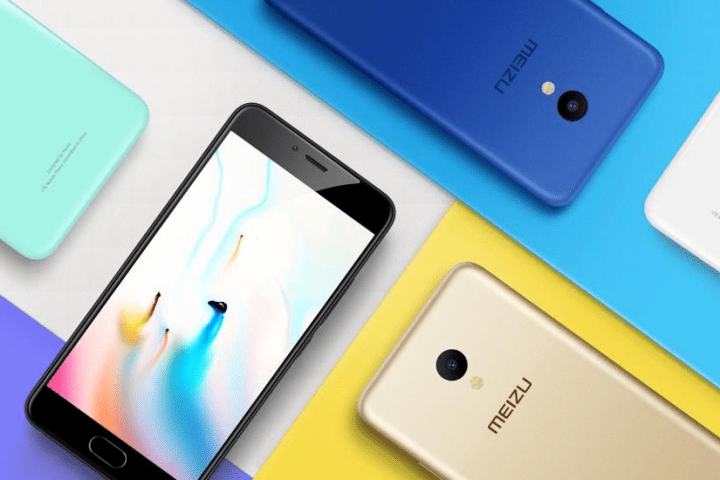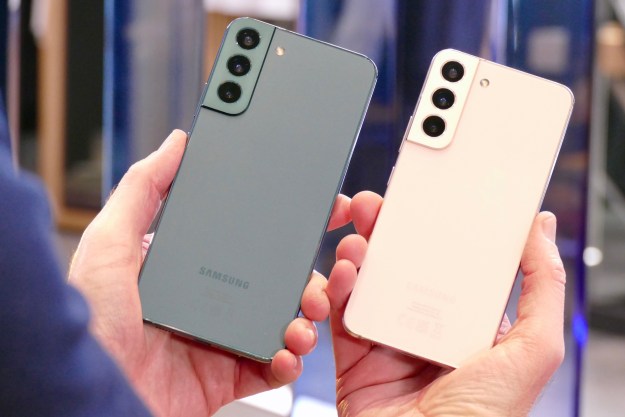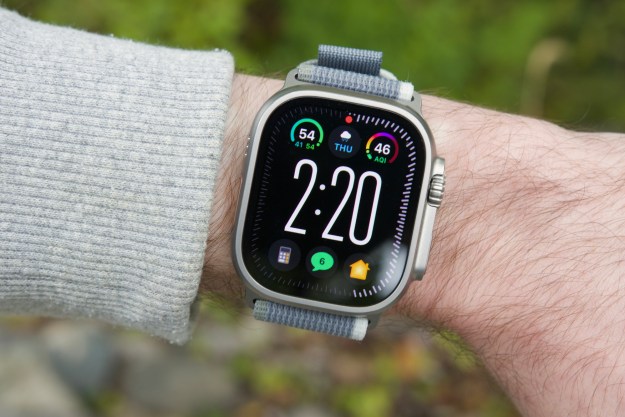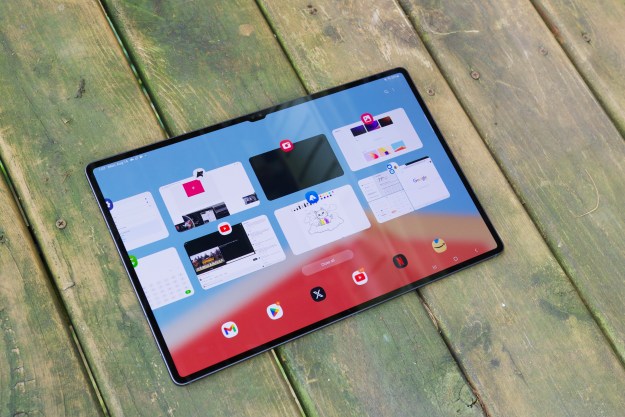
On the outside, the M5 continues Meizu’s trend of using polycarbonate, but instead of the shiny kind used in previous iterations, the M5 opts for matte. Either way, the front features a 5.2-inch, 1,280 x 720 resolution display, with a home button that doubles as a fingerprint sensor that unlocks the phone in 0.2 seconds below the display. Above the display sits a 5-megapixel selfie camera, while around back lies a 13MP sensor.
Under the hood, a 1.5GHz octa-core MediaTek MT6750 chipset runs the show, with either 2GB RAM/16GB or 3GB RAM/32GB offered out of the box. Regardless of the storage capacity, the MicroSD card slot allows for up to an extra 128GB. If you have no concerns with the storage, however, that card slot can be used as a second nano SIM card slot, though you cannot use the M5’s 4G LTE radios for both SIM slots. Meanwhile, the 3,070mAh battery, combined with the mid-range internals, should help give the M5 an all-day battery life.
The interesting bits begin with the software, where Meizu kicks stock Android to the curb and opts for Yun OS 5.1 with FlyMe UI 5.5 layered on top. Yun OS is Meizu’s in-house operating system, so do not expect to access the Google Play Store on the M5, even though the hardware would be more than capable of running Android.
In addition to the software, the next unique feature is the M5’s home button. Meizu not only uses the M5’s button as a fingerprint sensor and home button, but also uses it as a capacitive back button throughout the operating system, which is why the phone can get away with not having on-screen buttons.
Finally, and the best tidbit for those with tight budgets, the M5 starts at 699 yuan ($103) for the version with 2GB RAM/16GB of storage and goes up to 899 yuan ($132) for 4GB
Both versions of the M5 will be available sometime in November in matte black, blue, champagne gold, mint green, and white. When the phone goes international, however, it will run Android, so those looking to import may want to wait for that version to become available.


